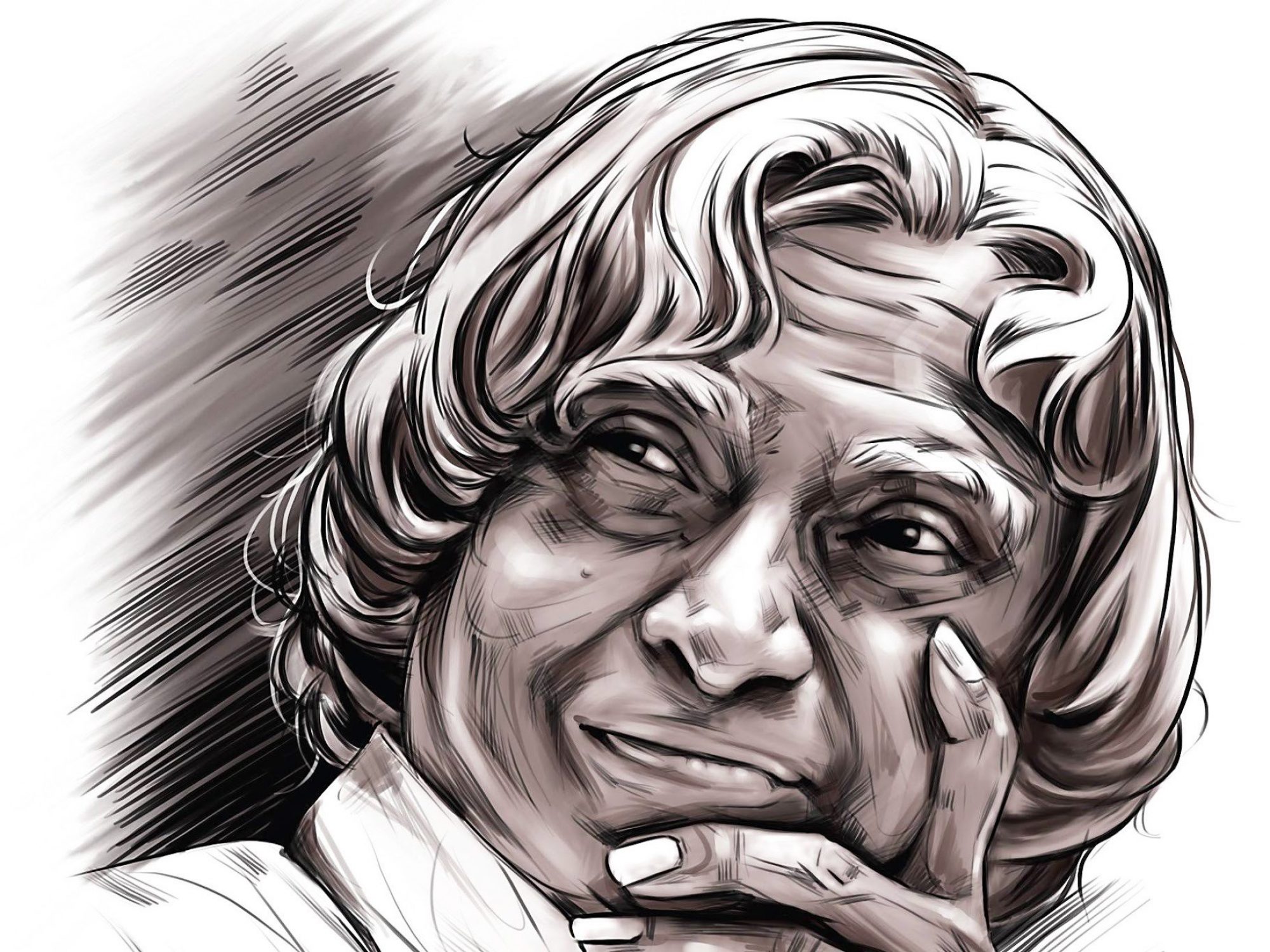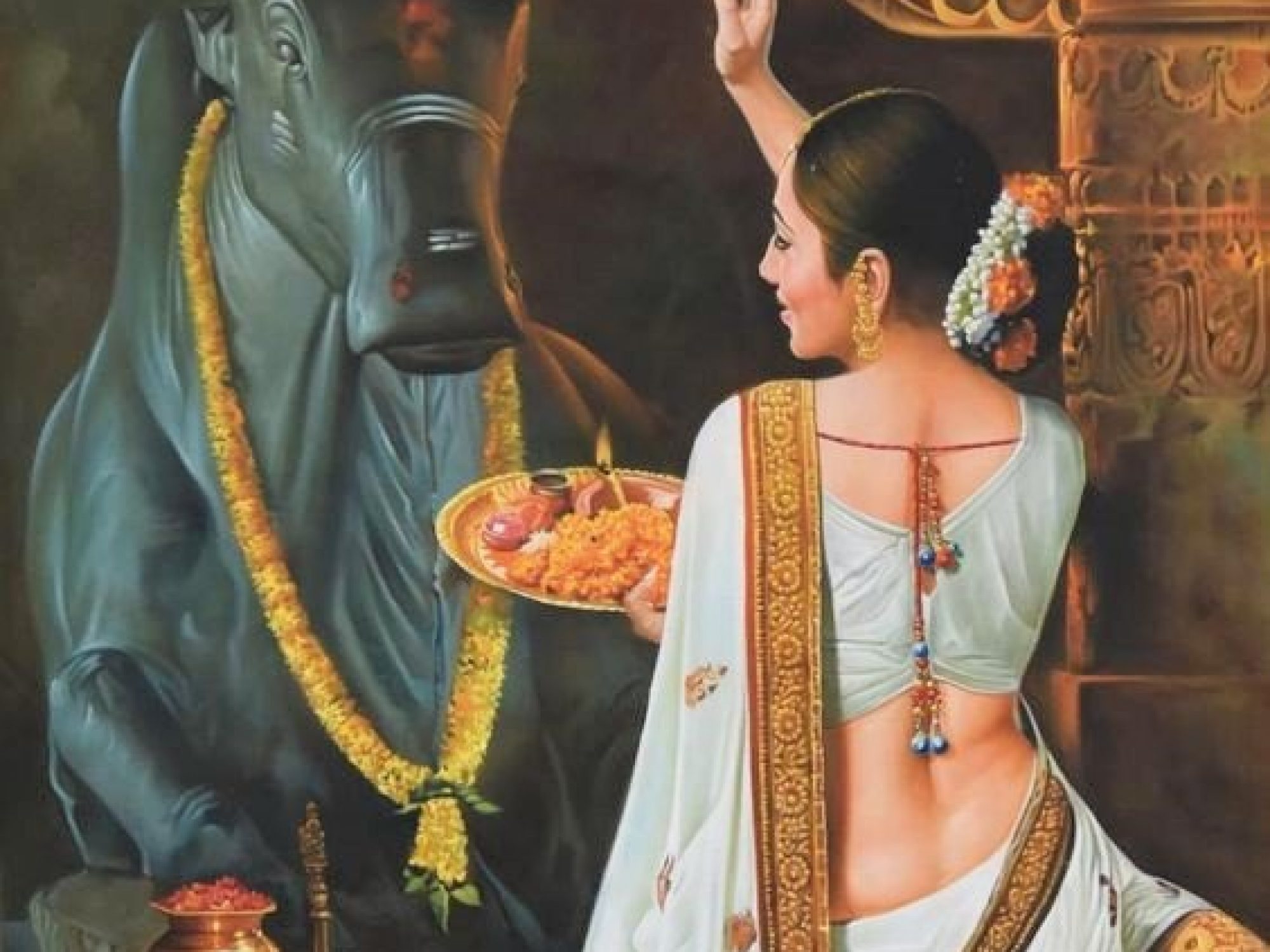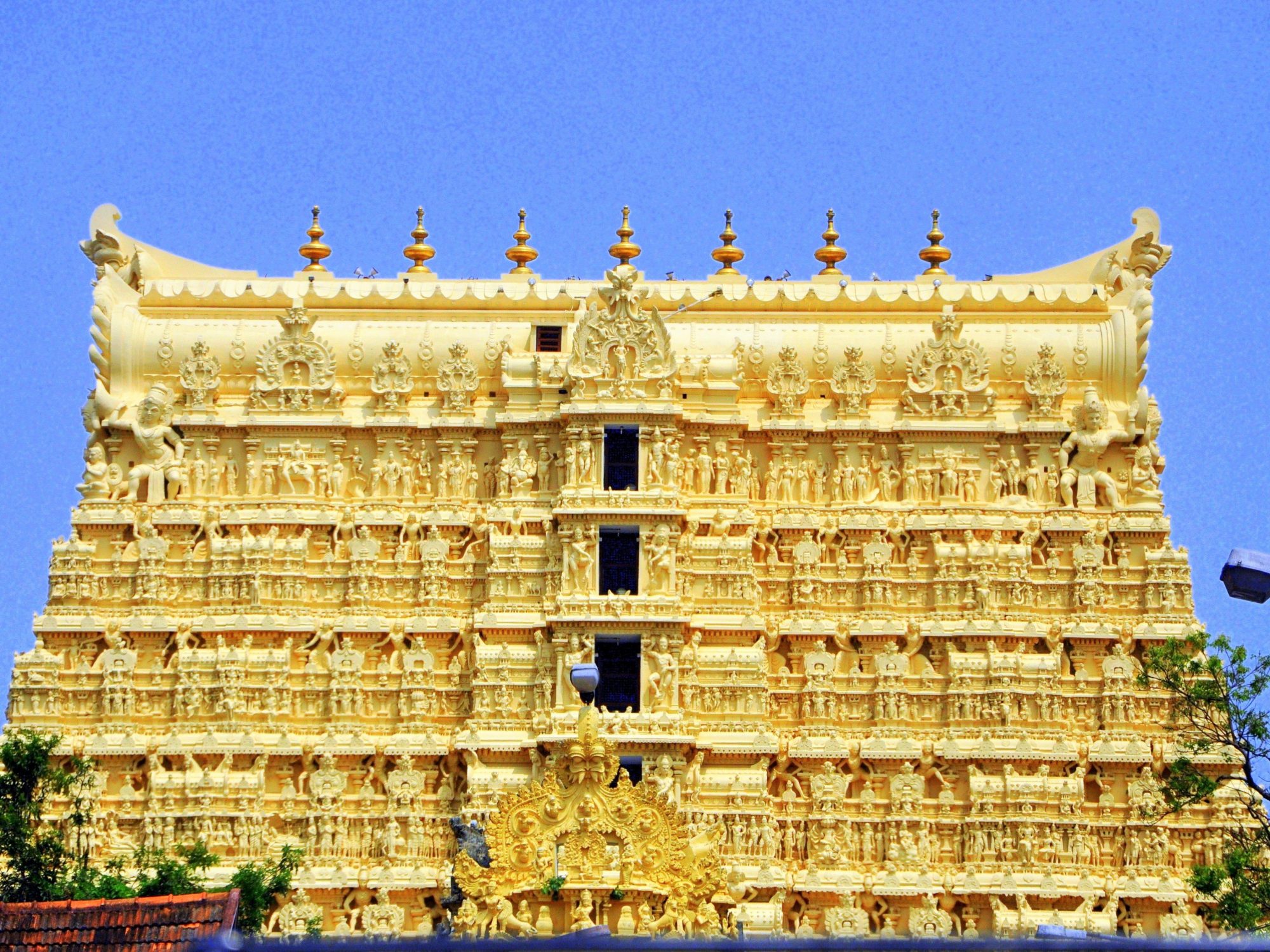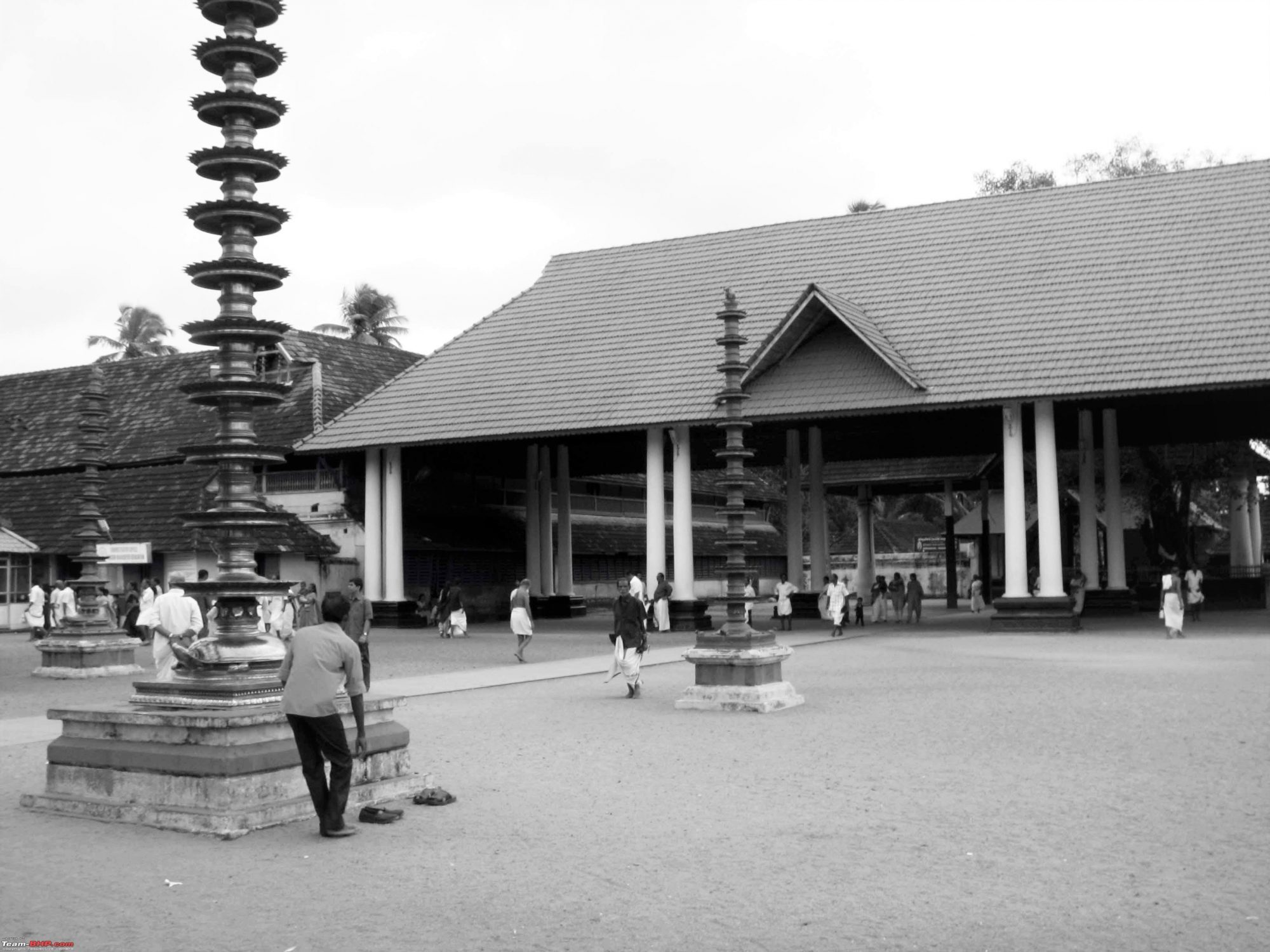Employment: For most Bhutanese graduates and jobseekers, becoming an entrepreneur may not be an enticing career to pursue. The concept of entrepreneurship in Bhutan was realised only very recently, failing to attract more takers. While being an entrepreneur has benefits, it also has several challenges. In order to decipher the reason why Bhutanese amidst the […]
They mirror your flaws in ways you can’t see:
What Kids Need to Learn to Succeed in 2050
In the kitchen, lemon is popularly used in baking, making salads and drinks owing to its strong flavour. Other people, however, prefer to have lemon, not just as an ingredient in their recipes, but also for health purposes as it is known to be rich in vitamin C which is vital for immunity. The magic […]
Apartheid System in South Africa:
Pietermaritzburg Railway Station is the main railway station serving the city of Pietermaritzburg, South Africa. It is located on Railway and Pine Streets in the South Western corner of the city centre. The station is a stop on long-distance passenger rail services operated by Shosholoza Meyl. Historically, the station is famous as being the place where Mahatma Gandhi was thrown off a train for riding first class in 1893.
Jaggi Vasudev (born 3 September 1957), commonly known as Sadhguru, is an Indian yogi, mystic and New York Times bestselling author. He founded the Isha Foundation, a non-profit organization which offers Yoga programs around the world and is involved in social outreach, education and environmental initiatives.
Sadhguru was conferred the Padma Vibhushan civilian award by the Government of India on 13 April 2017 in recognition of his contribution towards human advancement.
A new dating phenomena examines ingrained gender roles in today’s romantic landscape.
Padmanabha swamy Temple is located in Thiruvananthapuram, Kerala, India. The temple is built in an intricate fusion of the indigenous Kerala style and the Tamil style (kovil) of architecture associated with the temples located in the neighbouring state of Tamil Nadu, featuring high walls, and a 16th-century Gopuram. While the Moolasthanam of the temple is the Ananthapuram Temple in Kumbala in Kasargod District, architecturally to some extent, the temple is a replica of the Adikesava Perumal temple located in Thiruvattar,
Kanyakumari District.
The principal deity Lord Vishnu is enshrined in the “Anantha Shayanam” posture, the eternal yogic sleep on the serpent Adisheshan. Shree Padmanabha swamy is the tutelary deity of the royal family of Travancore. The titular Maharaja of Travancore Moolam Thirunal Rama Varma is the trustee of the temple. In line with the Temple Entry Proclamation, only those who profess the Hindu faith are permitted entry to the temple and devotees have to strictly follow the dress code. The name of the city of Thiruvananthapuram in Malayalam translates to “The City of Lord Ananta”, referring to the deity of Padmanabha swamy Temple.
Nandi is the name of the gate- guardian deity of Kailasa, the abode of Lord Shiva. He is usually depicted as a bull which also serves as the mount to the god Shiva. According to Saivite siddhantic tradition, he is considered as the chief guru of eight disciples of Nandinatha Sampradaya – Sanaka, Sanatana, Sanandana, Sanatkumara, Tirumular, Vyagrapada, Patanjali and Sivayoga Muni who were send to eight directions to spread the wisdom of Shaivism.












